OpenAI presenta o1, un modelo que puede verificarse a sí mismo.
OpenAI, el fabricante de ChatGPT, ha anunciado el próximo lanzamiento importante de su producto: un modelo de IA generativa con nombre en código Strawberry, oficialmente llamado OpenAI o1.
Para ser más precisos, o1 es en realidad una familia de modelos. Dos están disponibles el jueves en ChatGPT y a través de la API de OpenAI: o1 preview y o1 mini, un modelo más pequeño y eficiente destinado a la generación de código.
Tendrás que estar suscrito a ChatGPT Plus o Team para ver o1 en el cliente ChatGPT. Los usuarios empresariales y educativos tendrán acceso a principios de la próxima semana. Tenga en cuenta que la experiencia del chatbot o1 es bastante básica en la actualidad. A diferencia de GPT-4o, el antepasado de o1, o1 aún no puede navegar por la web ni analizar archivos. El modelo tiene funciones de análisis de imágenes, pero se han desactivado en espera de pruebas adicionales. Y o1 tiene una velocidad limitada; Los límites semanales son actualmente 30 mensajes para o1-preview y 50 para o1-mini.
Otro inconveniente es que o1 es caro. Muy caro. En la API, o1 preview cuesta $15 por 1 millón de tokens de entrada y $60 por 1 millón de tokens de salida. Eso es 3 veces el costo en comparación con GPT-4o para entrada y 4 veces el costo para salida.
La diferencia dentro de la IA generativa, es que puede comprobarse efectivamente a sí mismo gastando más tiempo considerando todas las partes de una pregunta. Lo que hace que o1 feel o se sienta cualitativamente diferente de otros modelos generativos de IA es su capacidad de pensar antes de responder a las consultas, según OpenAI.
Via
Edumorfosis






 Your new post is loading...
Your new post is loading...
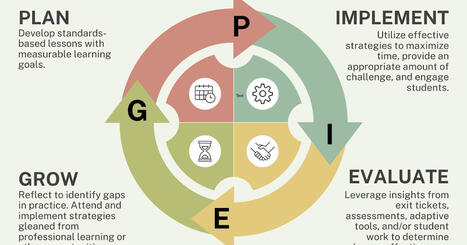



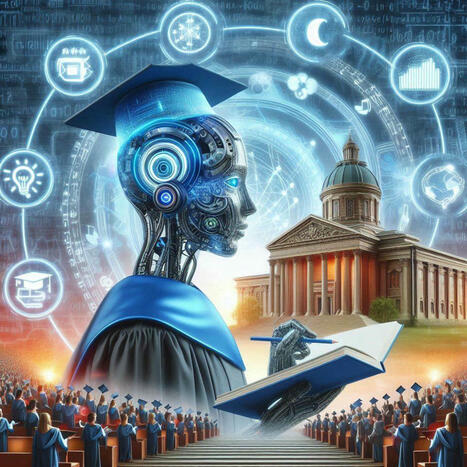
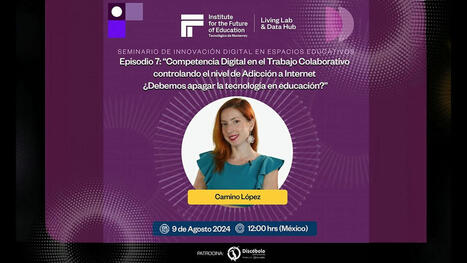

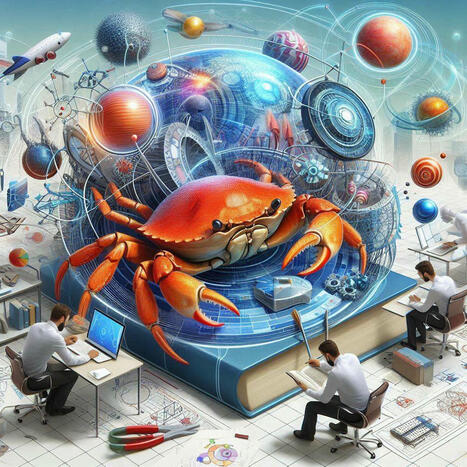



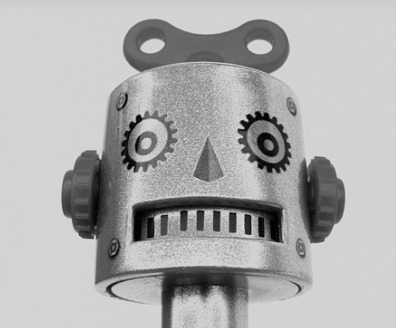



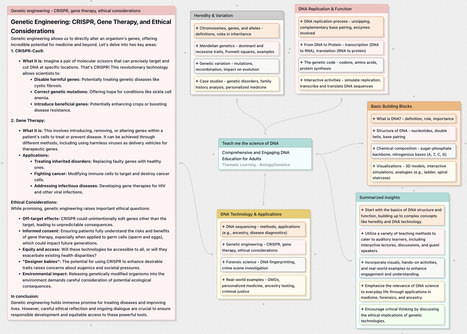

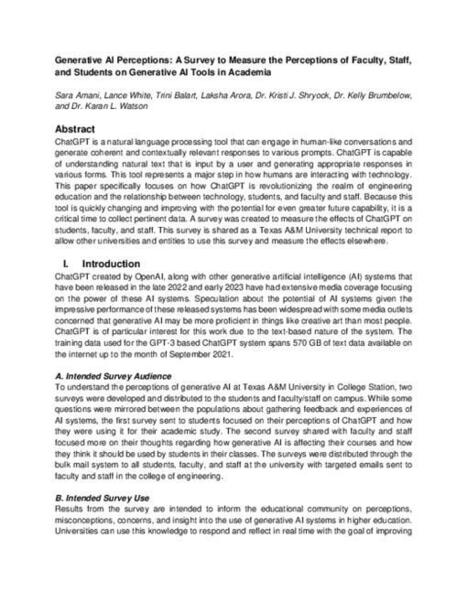

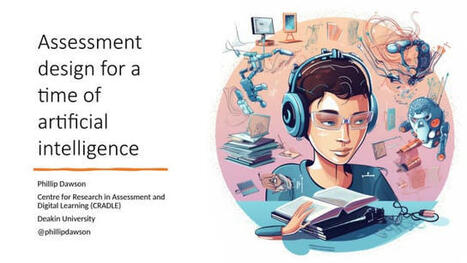



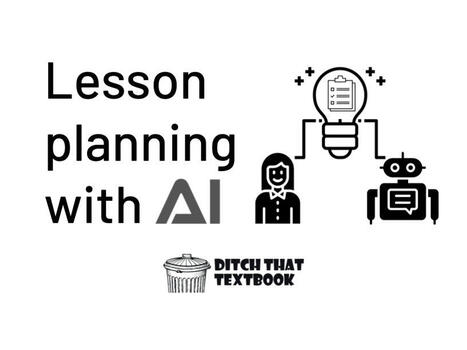
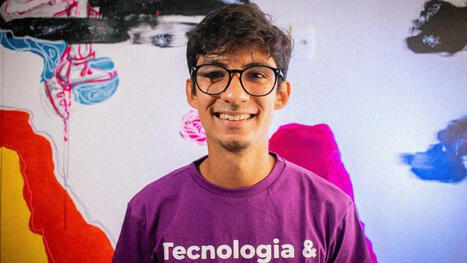





Table of Contents
Introduction
Part I: Snapshots from the 2020 Future
Part II: Revisiting 1995, then Zooming to the 2013 Present
Revisiting What the Future Looked Like in 1995
Tracking Other Voices from 1995 to the Present
2013 is Our New Vantage Point for the Future
Watering the Green Shoots of Change
Part III: Starting in 2013, Getting it Done
Reinventing Strategies, Business Models, and Emerging Practices
Getting Started and Getting It Done
Create a Sense of Urgency, Build a Winning Coalition
Practice Planning From the Future Backward
Combine Strategy, Organizational Development, Innovation, Analytics, and Performance
Measurement, Analytics, and Performance Excellence
Deploy the Power of “Radical Incrementalism”
Achieve New Levels of Collaboration, Sharing, and Partnership
Execute Strategies to Engage the Disruptive Future
Develop a Performance Excellence Culture
Part IV: Vignettes from the 2020 Future, Stories from the Frontline of Transformation
Appendix: Addressing the Challenges Facing American Higher Education
References
Author Biographies
“New circumstances call for the new words, new phrases….and for the transfer of old words to new objects.” -Thomas Jefferson, 1813